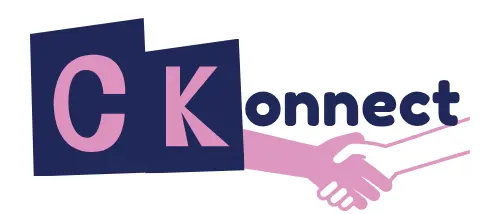When Privacy Rights Meet Permanent Code
Imagine telling a company, “Hey, delete my personal data.”
They nod, hit a few buttons, and boom—it’s gone.
That’s how Data Subject Rights (DSR) work under laws like the GDPR, DPDPA (India), CCPA, and others. You—the user—are in charge of your data. You can ask for it, fix it, move it, or delete it. Pretty empowering, right?
Now imagine your data was written on a chalkboard that can never be erased, and millions of people have a copy of it. That’s blockchain.
So what happens when our right to privacy meets a system that’s designed never to forget?
Let’s unpack this in plain English.
Quick Recap: What is Blockchain?
At its core, blockchain is like a shared online notebook that’s:
- Decentralized – no one owns it
- Immutable – once written, it can’t be changed
- Transparent – everyone can see the entries
These features make it great for trustless systems (like cryptocurrency), but they pose a big challenge when it comes to personal data and privacy.
What Are Data Subject Rights (DSRs)?
DSRs give individuals power over their personal data. Key rights include:
| Right | What It Means |
|---|---|
| Access | “Give me a copy of my data” |
| Rectification | “Fix incorrect info” |
| Erasure (Right to be Forgotten) | “Delete my data” |
| Restriction | “Stop using my data temporarily” |
| Portability | “Send my data to another service” |
| Objection | “Stop processing my data for certain reasons” |
These are legal obligations for organizations under data protection laws.
The Conflict: Why Blockchain and DSRs Don’t Get Along
Let’s map the clash:
| DSR Right | Blockchain Roadblock |
|---|---|
| Erasure | Blockchain is permanent—you can’t delete entries |
| Rectification | You can’t change historical records |
| Restriction | The system keeps running—no way to pause access |
| Objection | Impossible to fully “stop” decentralized processing |
So when a user says: “Delete my data,” blockchain replies: “Sorry, I literally can’t.”
So… Is Blockchain Anti-Privacy? Not Really.
It’s not that blockchain is trying to break privacy laws—it’s that it was built for a different goal: transparency and immutability.
The real challenge is: how can we respect privacy laws without killing the core benefits of blockchain?
Smart Solutions: How Organizations Can Bridge the Gap
Here’s how privacy-aware organizations are adapting:
1. Don’t Put Personal Data On-Chain
Keep personal data off the blockchain, and store only references like:
- Hashes
- Transaction IDs
- Token numbers
This way, real personal data sits in systems that can be edited or deleted.
2. Use Off-Chain Storage with On-Chain Proof
A clever trick: Store the personal data off-chain in a secure, private database.
Then store a proof or hash of it on the blockchain to verify it hasn't been tampered with.
3. Use Zero-Knowledge Proofs (ZKPs)
These let you prove something is true without revealing the actual data.
For example: Prove you're over 18 without showing your birthdate.
ZKPs = privacy + compliance + blockchain magic.
4. Tokenization & Encryption
Turn personal data into encrypted tokens before writing to the chain.
If someone exercises a DSR, you can:
- Delete the decryption key
- Sever the link to the actual data
This is called “effective erasure”, and regulators are starting to accept it.
5. Be Transparent in Privacy Policies
If you're using blockchain, disclose limitations clearly:
- Explain what data goes on-chain
- Describe what can/can’t be deleted
- Highlight what safeguards you’ve put in place
Transparency builds trust—even if the tech has limits.
A Simple Story to Wrap It All Together
Think of a paper diary vs a permanent tattoo:
- A diary (traditional systems) lets you tear out pages, rewrite entries, or hide parts.
- A tattoo (blockchain) is permanent—you can’t erase it, only cover it up.
Privacy laws want the diary flexibility.
Blockchain is more like the tattoo—bold, public, and permanent.
So instead of tattooing someone’s full name, we can tattoo a code or symbol. The real name stays safe in a locker (off-chain). That way, we get the best of both worlds.
Final Thoughts: Designing for Privacy, Not Against It
Blockchain and privacy laws can coexist, but only when we:
- Design systems carefully
- Avoid storing personal data on-chain
- Think ahead about compliance
- Educate users on what’s really happening
It's not about choosing one over the other. It's about using each tool for what it does best.
Privacy laws protect people.
Blockchain protects truth.
Together, they can protect both.
Want more explainers like this? Follow CourseKonnect by CKonnect for hands-on privacy training, workshops, and tools that actually work in the real world.
By CourseKonnect | Powered by CKonnect
